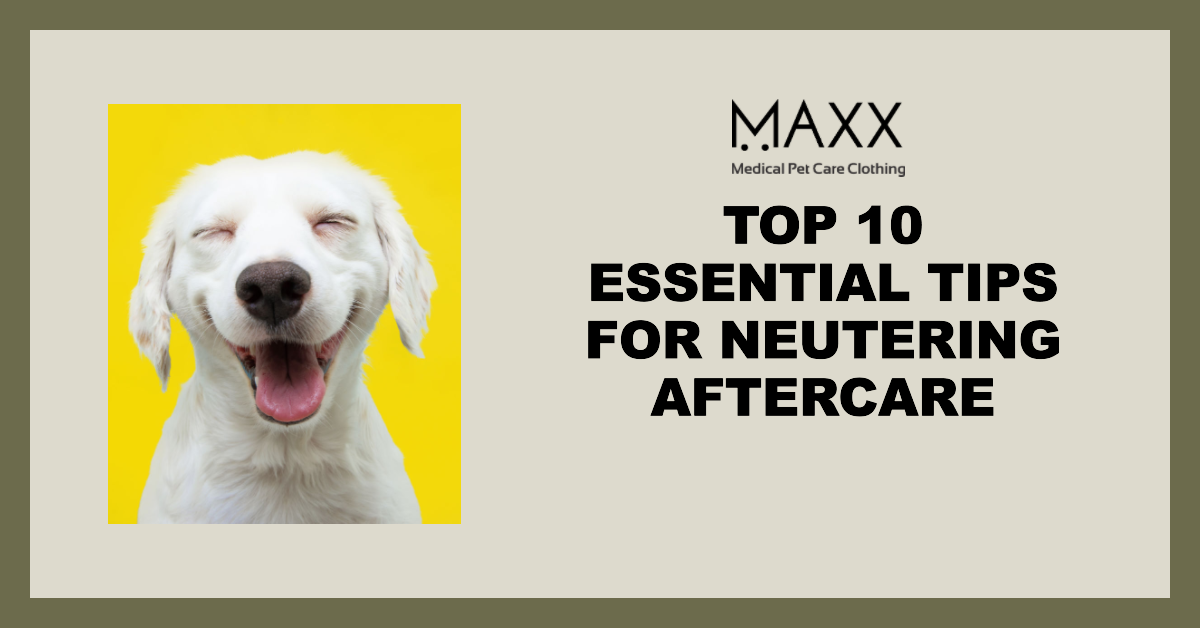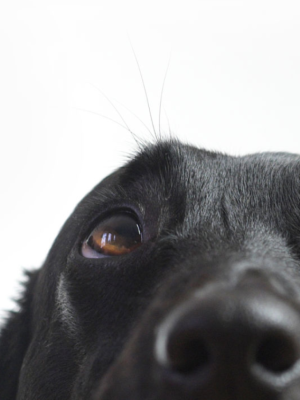MAXX Pet Blogs, Neuter And Spay
Ultimate Guide: Top 10 Essential Tips for Neutering Aftercare to Ensure Animal Friendly Protection
Introduction
we understand the importance of neutering aftercare for your pet’s overall health and well-being.
In this comprehensive guide, we will explore the crucial aspects of post-neutering care, including the recovery process, pain management, and tips for keeping your pet comfortable during its healing journey.
Top 10 Essential Tips for Neutering Aftercare
- Monitoring: Keep a close eye on your pet’s behavior and the incision site to detect any signs of discomfort, complications, or infection.
- Pain relief: Administer prescribed pain medication to help your pet manage discomfort during the healing process.
- Rest: Ensure your pet gets adequate rest in a quiet, comfortable space to facilitate recovery.
- Wound care: Check the incision site daily for signs of infection or complications, and keep it clean and dry.
- Nutrition: Provide your pet with easily digestible food in small, frequent meals to support their healing.
- Hydration: Encourage your pet to drink water regularly to prevent dehydration and promote healing.
- E-collar use: Utilize a to prevent your pet from licking or biting the incision site, which can lead to complications.
- Safe space: Create a calm, secure environment for your pet to rest and recover without stress or disturbances.
- Activity management: Gradually reintroduce physical activities while monitoring your pet’s response, and avoid strenuous activities until they’re fully recovered.
- Follow-up visits: Schedule post-operative checkups with your veterinarian to monitor your pet’s healing progress and address any concerns.
Here’s a small table for Post-Neutering Recovery Timeline
| Recovery Stage | Timeline | Key Actions |
|---|---|---|
| Immediate Recovery | First 24 Hours | Monitor pet closely, administer pain medication, restrict activity |
| Short-Term Recovery | 1-3 Days | Inspect wound daily, resume feeding with small meals, encourage hydration |
| Long-Term Recovery | 4-14 Days | Gradually reintroduce activity, schedule follow-up visits with the veterinarian, and continue monitoring for complications |
Neutering in Dogs: Everything You Need to Know
Post-Neutering Recovery Timeline for Neutering Aftercare
Immediate Recovery (First 24 Hours)
- Monitoring: Keep a close eye on your pet for any signs of discomfort, swelling, or unusual behavior.
- Pain Management: Administer prescribed pain medication to manage discomfort.
- Restricted Activity: Limit your pet’s movement to prevent injury and encourage healing.
Short-Term Recovery (1-3 Days)
- Wound Care: Inspect the incision site daily for signs of infection or complications.
- Nutrition: Resume feeding with small, frequent meals of easily digestible food.
- Hydration: Encourage water intake to promote healing and prevent dehydration.
Long-Term Recovery (4-14 Days)
- Gradual Activity: Slowly reintroduce physical activity while monitoring your pet’s response.
- Follow-Up Visits: Schedule a post-operative checkup with your veterinarian to assess healing progress.
Effective Pain Management
- Prescribed Medications: Administer pain relief medications as prescribed by your veterinarian.
- Anti-Inflammatory: Use non-steroidal anti-inflammatory drugs (NSAIDs) and consult an expert or your vet first to reduce swelling and inflammation.
- Alternative Therapies: Consult with your veterinarian about potential complementary treatments, such as acupuncture or cold laser therapy.
Tips for a Comfortable Recovery And Neutering Aftercare
- Create a Safe Space: Provide a quiet, comfortable area for your pet to rest and recover.
- Surgical Pet Shirts Use: Utilize surgical Pet Shirts to prevent your pet from licking or biting the incision site.
- Gentle Grooming: Keep the area around the incision clean and dry, avoiding the use of harsh chemicals or perfumes.
“15 Essential Facts About Spay Incisions: What Should a Spay Incision Look Like? “
Preventing Complications (Neutering Aftercare)
- Avoid Strenuous Activity: Discourage running, jumping, or rough play until your pet has fully recovered.
- Monitor for Infection: Watch for signs of infection, including redness, swelling, discharge, or a foul odor at the incision site.
- Contact Your Vet: Reach out to your veterinarian immediately if you notice any complications or concerns during the recovery process.
| Topic | Recommendations |
|---|---|
| Effective Pain Management | Administer prescribed medications, use non-steroidal anti-inflammatory drugs (NSAIDs), and explore alternative therapies with veterinarian approval |
| Comfortable Recovery | Create a safe space, use Surgical pet Shirt, and practice gentle grooming around the incision site |
| Preventing Complications | Avoid strenuous activity, monitor for infection, and contact your vet if complications arise |
Read About how to monitor for infection after surgery

“Comforting a recovering pet: Following compassionate neutering aftercare tips for a smooth healing process”5 Reasons Why Your Dog May Need a Recovery Suit
Conclusion
Neutering aftercare is a critical aspect of your pet’s overall health and well-being. By following this comprehensive guide and working closely with your veterinarian, you can ensure a safe and comfortable recovery process for your furry friend.
If you have any questions or concerns, don’t hesitate to reach out to your veterinarian for expert advice and support.
Related FAQs on Neutering Aftercare
Q: How long does it take for a pet to fully recover from neutering?
A: The recovery time can vary depending on the pet’s age, size, and overall health. In general, most pets will recover within 7-14 days. It’s essential to closely monitor your pet during this period and follow your veterinarian’s recommendations for optimal healing.
Q: Can I bathe my pet after the neutering surgery?
A: It’s best to wait at least 10-14 days before bathing your pet to avoid getting the incision site wet, which can increase the risk of infection. If your pet’s fur becomes soiled, gently clean the area with a damp cloth and mild soap, avoiding the incision site.
Q: When can my pet resume normal activities after neutering?
A: Gradually reintroduce physical activities after 7-10 days, depending on your veterinarian’s advice. Always monitor your pet’s response to increased activity levels and adjust accordingly. Avoid any strenuous exercise or rough play until your veterinarian gives the all-clear.
Q: How can I tell if my pet’s incision is infected?
A: Signs of infection may include redness, swelling, discharge, a foul odor, or warmth at the incision site. If you notice any of these symptoms, contact your veterinarian immediately for further evaluation and treatment.
Q: What should I do if my pet starts licking or biting at the incision site?
A: Prevent your pet from licking or biting the area by using Surgical Pet Shirts or a similar protective device. If your pet continues to bother the incision site despite using an e-collar, contact your veterinarian for additional guidance.
Donate MAXX Medical Pet Shirts to Animal Shelter Homes and Give Hope to Our Furry Friends


